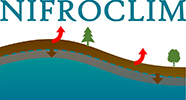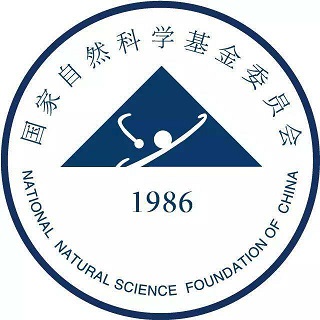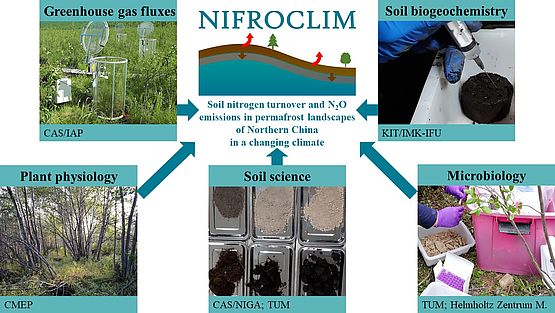The NIFROCLIM project is jointly funded by DFG and NSFC. The central goal of NIFROCLIM (soil nitrogen turnover and nitrous oxide emissions in permafrost landscapes of Northern China in a changing climate) is to gain a holistic, process-based and functional understanding of the gross nitrogen turnover as well as associated nitrous oxide (N2O) emissions for the main ecosystems present in the permafrost region of Northeast China by using an interdisciplinary approach involving biogeochemists, soil scientists, atmospheric physicists, biologists and molecular ecologists. Thus, NIFROCLIM aims at a strong contribution towards closing the large knowledge gaps on permafrost nitrogen biogeochemistry. Furthermore, NIFROCLIM is seen as a platform for international research on permafrost carbon and nitrogen biogeochemistry in China and beyond.







